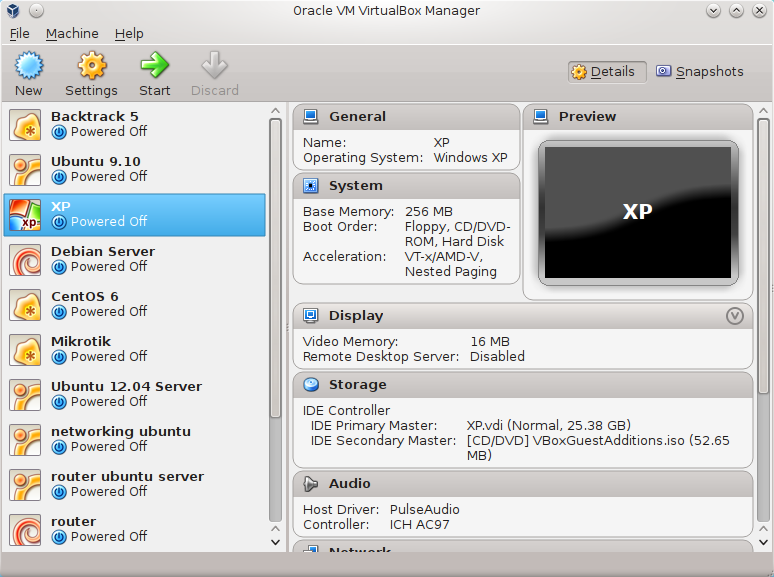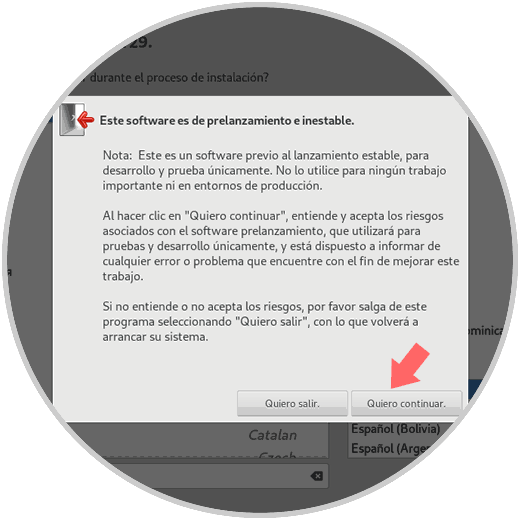

I will show you the step-by-step installation of the VirtualBox 6.1 open-source virtualization on a Fedora 35. The installation is quite simple and assumes you are running in the root account, if not you may need to add ‘ sudo‘ to the commands to get root privileges. This article assumes you have at least basic knowledge of Linux, know how to use the shell, and most importantly, you host your site on your own VPS. VirtualBox brings feature-rich, high-performance products for enterprise customers, it is also the only professional solution that is freely available as Open Source Software under the terms of the GNU General Public License (GPL). For those of you who didn’t know, VirtualBox is a free, open-source, and cross-platform software that lets you create, run, and manage virtual machines on your system. I already tried with -skip-broken but still gives the same error.In this tutorial, we will show you how to install VirtualBox on Fedora 35. (try to add ‘–skip-broken’ to skip uninstallable packages) Undoing transaction 642, from Thu 08:06:07 AM WIB I tried dnf history undo but it gives me these errors:

Install 86_64 akmods-0.5. akmod-VirtualBox-6.1.86_64 VirtualBox-6.1.86_64 VirtualBox-kmodsrc-6.1. VirtualBox-server-6.1.86_64 output:ġ Created symlink /etc/systemd/system//rvice → /usr/lib/systemd/system/rvice.Ģ Created symlink /etc/systemd/system//rvice → /usr/lib/systemd/system/rvice. Removing with ‘dnf remove VirtualBox’ only removing:Įven though dnf history of installing Virtualbox is installing these packages: I don’t want to disable secure boot, and signing Virtualbox kernel module seems complicated to me.

It’s installed successfully, but I don’t know that you need to sign Virtualbox kernel module on secureboot enabled system for Virtualbox to run. I just installed Virtualbox from rpmfusion on Fedora 33.


 0 kommentar(er)
0 kommentar(er)
